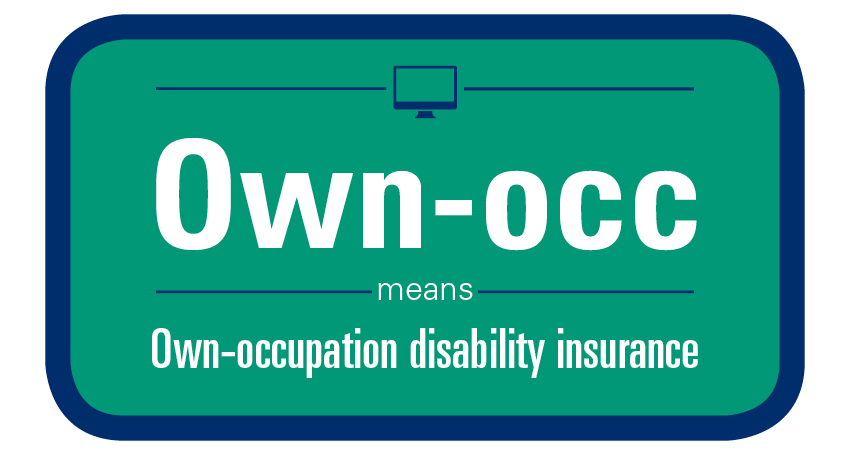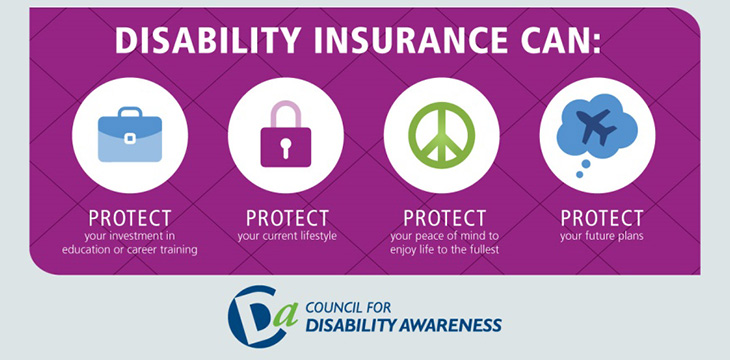For most businesses, automation makes economic sense. In a study published in 2015 by the management firm Boston Consulting Group, researchers found that a welder is paid $25 an hour, a robot that can perform similar tasks costs $8 an hour, and that figure may drop to $2 per hour as technology improves over the next 15 years.
Just as automation affects employment, it may also affect your clients’ income protection. We’ll discuss that in detail below, but first let’s define which client types may fall into this category.
While you may not have any welders as clients, you may work with someone in one of these occupations at risk of elimination due to automation:
- Statisticians (analyzing data): tasks now automated easily by computers
- Announcers (radio hosts): more people are turning to satellite and online stations that play nonstop music
- Travel agents: booking websites are dominating the industry
- Computer operators: sophisticated software now responds to computer error messages
- Postal service employees: increasing use of online bill-pay services and email are crippling the industry
- Insurance underwriters and claims representatives: software can analyze and interpret data better and faster (including unstructured text, images, audio, and video)
- Journalists: In 2014, the Associated Press began using intelligent software to write quarterly earnings reports
- Movie stars: CGI techniques allow even deceased actors to be resurrected from the dead (most notably Peter Cushing’s Grand Moff Tarkin CGI resurrection in Rogue One: a Star Wars Story)
But technology is also creating jobs; and some jobs in which building – or decision making about – relationships are central (like creative, technology, healthcare) are safe for now.

A recent article in MIT Sloan Management Review* tagged three new categories of Artificial Intelligence (AI)-driven business and technology jobs. These are novel roles that require skills and training with no precedents. The authors labeled them "… trainers, explainers, and sustainers. Humans in these roles will complement the tasks performed by cognitive technology, ensuring that the work of machines is both effective and responsible — that it is fair, transparent, and auditable."
- Trainers will teach AI systems how they should perform. Trainers will operate at both ends of the spectrum: helping natural-language processors and language translators make fewer errors; and teaching AI algorithms to mimic human behaviors. (Think Amazon’s Alexa)
- Explainers will bridge the gap between technologists and business leaders, providing clarity, which is increasing in importance as AI systems’ opaqueness increases. Companies with advanced AI systems will need specialists to explain the inner workings of complex algorithms to non-techies. Like an algorithm forensics analyst, who will be responsible for holding any algorithm accountable for its results. (Think machine-learning bots)
- Sustainers will help ensure that AI systems are operating as designed, urgently addressing unintended consequences. Ethics compliance managers will play a critical role in monitoring and helping to ensure the proper operation of advanced systems, and act as a watchdog and ombudsman for upholding norms of human values and morals. (Think an AI system for credit approval discriminating against people in specific geographic areas)
How does AI affect DI?
Say your client is a journalist who has group disability insurance from the newspaper she works for. And say she loses her job to automation. What will happen to the DI policy she had through that employer? It is also lost. But if that same client had an individual DI policy, it would follow her to her new career as an Alexa language processor.
Or say you have a client who trains for one of these new employee models and is an algorithm forensics analyst. He becomes disabled, but you advised him to purchase an individual DI policy and he did. Was it:
- An own-occ policy? (A policy that covers individuals who become disabled and are unable to perform the majority of the occupational duties they have been trained to perform.)
- A transitional-occ policy? (In the event a person is disabled, benefits begin and he starts earning additional income in a new occupation; his total new income (benefits from disability + new income) cannot exceed the total old income (original earned income). If the policyholder makes more than he did before becoming disabled, his disability benefits will be reduced to align with the old salary.
- An any-occ policy? (A policy that defines disability in terms of the insured’s inability to engage in any gainful occupation reasonably suitable based on education, work experience, and other individual factors.)

Let’s look at examples of these clients and how these three types of disability income protection would look for them:
- Own-occ: Your 35-year old client earned $225,000 annually as an algorithm forensics analyst, but can no longer perform those duties after becoming permanently disabled after an auto accident that leaves him with minor brain damage. He begins to receive benefits as a totally disabled individual under his policy ($10K/month). He picks up his old studies and begins working as an occupational therapist making $105,000 a year. Since his policy has a true own-occ definition of disability, he will still be eligible to receive his annual DI benefits of $120K in addition to his new salary of $105K for as long as he remains totally disabled and unable to return to work as an algorithm forensics analyst or until the end of the benefit period, whichever happens first. So his annual income would still be $225,000.
- Transitional-occ: Your 42-year old journalist client earned $95,000 annually, but can no longer perform her duties after breaking both arms in a skiing accident. She begins to receive benefits as a totally disabled individual under her policy ($7K/month). She begins working as an audio book narrator making $30,000 a year. Her DI benefits would be reduced by $1,583/month to offset the gain of her new income over her old salary ($19,000 a year).
- Any-occ: Your 35-year old client earned $225,000 annually as an algorithm forensics analyst, but can no longer perform those duties after becoming permanently disabled after an auto accident that leaves him with minor brain damage. He begins to receive benefits as a totally disabled individual under his policy ($10K/month). However, the any-occ definition of disability outlines that his impairment must prevent him from working at all in any occupation. Thus, the insurance company will have the right to re-examine whether improvements in his health will allow him to work in another occupation to see whether additional claims are warranted. So if he can take that job as an occupational therapist making $105,000 a year, he will no longer be eligible for his $120,000/year in disability benefits.
So what’s your takeaway as a fee-only financial advisor (FOFA)? Automation makes sense. Technology is advancing. And it’s important that you help your clients safeguard their income with the type of protection that best suits their occupation and lifestyle. A policy that does not offer a true own-occupation level of protection will not provide the same level of security that helps reduce financial stress to your clients. Own-occ policies are usually a little more expensive but, if we can collaborate to create a policy that fits their budget, it’s certainly worth the cost.
At LLIS, we value disability insurance protection so much that we have two specialists available to help. Please contact Kathy Bilodeau or Brian Ciccarelli for help determining which type of DI protection suits each of your clients.
* Will AI Create as Many Jobs as It Eliminates? March 13, 2017 by H. James Wilson, Paul R. Daugherty, and Nicola Morini-Bianzino![]() (877) 254-4429
(877) 254-4429![]() (877) 254-4429
(877) 254-4429

